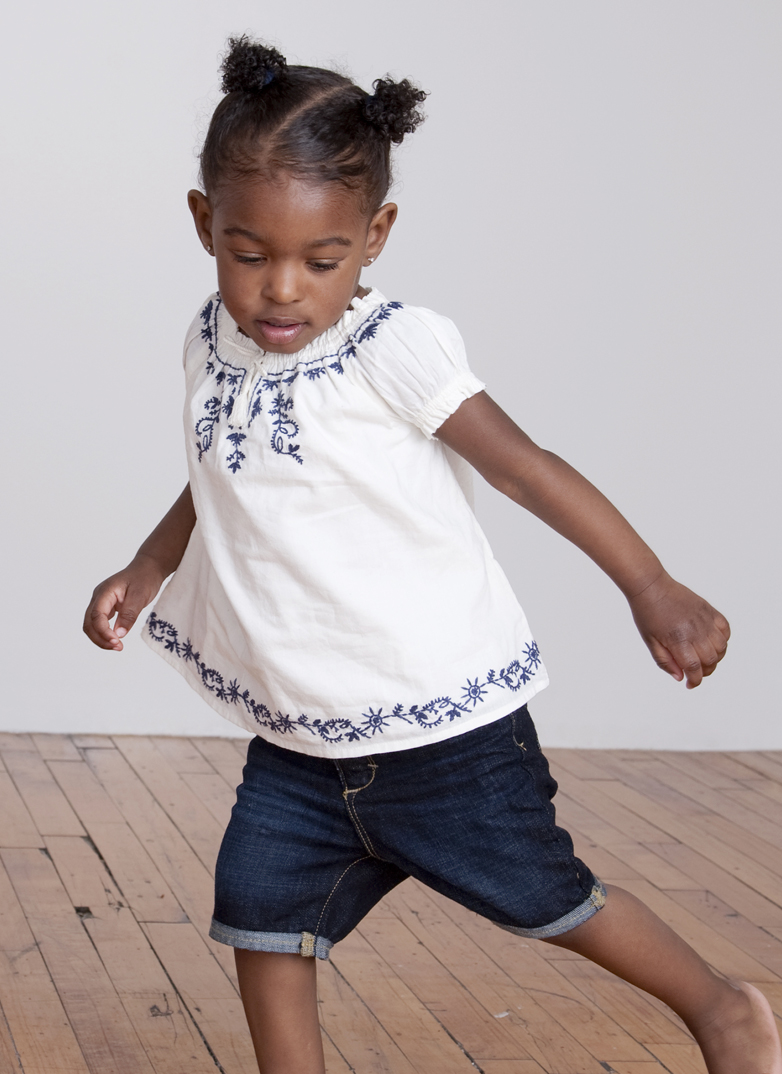What most babies do by this age:
Social and Emotional
- Wants to please and be like friends
- More likely to agree with rules
- Likes to sing, dance, and act
- Is aware of gender
- Can tell what’s real and what’s make-believe
- Shows more independence
- Is sometimes demanding and sometimes very cooperative
Language/Communication
- Speaks very clearly
- Tells a simple story using full sentences
- Uses future tense (for example, “Grandma will be here.”)
- Says name and address
Cognitive (learning, thinking, problem-solving)
- Counts 10 or more things
- Can draw a person with at least 6 body parts
- Can print some letters or numbers
- Copies a triangle and other geometric shapes
- Knows about things used every day, like money and food
Movement/Physical Development
- Stands on one foot for 10 seconds or longer
- Hops; may be able to skip
- Uses a fork and spoon and sometimes a table knife
- Can use the toilet on her own
- Swings and climbs
WHAT FAMILIES CAN DO
- Catch your child being good and encourage all the things your child can do.
- Gently and consistently help your child manage feelings and control behavior.
- Give your child opportunities to play with other children.
- Teach your child about “safe touch.”
- Give your child more freedom to choose activities to play with friends and let your child work out problems with friends
- Teach your child about time – morning, afternoon, evening, today, tomorrow and yesterday – and start teaching the days of the week.
- Play with toys that encourage your child to put things together.
- Follow your child’s interests. Visit the library to find books on interest areas.
- Encourage your child to draw and make art projects using different supplies.
- Read with your child every day and ask him/her to predict what will happen next.
- Teach your child his/her address and phone number.
- Point out familiar symbols and words for your child to know.
- Encourage your child to count items.
- Play with balls – catching, running and kicking.
- Visit parks, playgrounds and play spaces where your child can run and climb freely.
- Play with toys that encourage your child to put things together.
- Help your child learn to pump his/her legs back and forth when swinging.
- Provide riding toys, such as a bike with training wheels or scooter.
- Put on your child’s favorite music and have a dance party; copy each other’s moves.

